KETRACO, Kenya’s state-owned electricity transmission company, is in a financial crisis, with liabilities surpassing its assets by KSh 18.5 billion.
According to the Auditor General, the company’s current assets total KSh 20 billion, while its liabilities exceed KSh 39 billion.
This financial imbalance raises doubts about KETRACO’s ability to cover its expenses and meet its financial obligations, especially as it embarks on significant infrastructure projects intended to modernize Kenya’s power grid.
The situation is further complicated by KETRACO’s recent high-profile deal with Adani Energy Solutions, a subsidiary of the Indian conglomerate Adani Group.
The deal, valued at KSh 95.68 billion (approximately USD 736 million), will involve Adani in the construction and management of several high-voltage transmission lines and substations across the country.
These projects, which include the Gilgil-Thika-Malaa-Konza 400kV line and other vital transmission lines, aim to reduce Kenya’s frequent blackouts and bolster its energy infrastructure.
While the Adani deal is set to bring significant improvements to Kenya’s energy grid, concerns about transparency and governance have emerged.
The agreement grants Adani control over crucial segments of Kenya’s energy infrastructure for a 30-year period, after which it will hand over operations to KETRACO.
Although this arrangement limits the immediate financial burden on Kenya’s government, some stakeholders argue it could compromise the nation’s control over its energy sector.
Additionally, there has been criticism regarding the level of secrecy surrounding the deal.
Law firm IC Law LLP, on behalf of the public, petitioned KETRACO to disclose key details of the contract with Adani, including the bidding process, financial arrangements, and compliance with public participation requirements. KETRACO has so far withheld this information, citing confidentiality. However, the company did conduct public consultations on the project, though only after finalizing the contract.
The financial strain on KETRACO, coupled with this controversial partnership, presents a challenging scenario.
KETRACO’s current debt load and lack of liquidity raise legitimate concerns about its ability to maintain existing operations and finance ongoing projects.
At the same time, ensuring transparency and accountability in its dealings with Adani will be essential to gain public trust.
For Kenya, this situation underscores the difficult balancing act between addressing immediate infrastructure needs and ensuring long-term, sustainable governance of its energy resources.







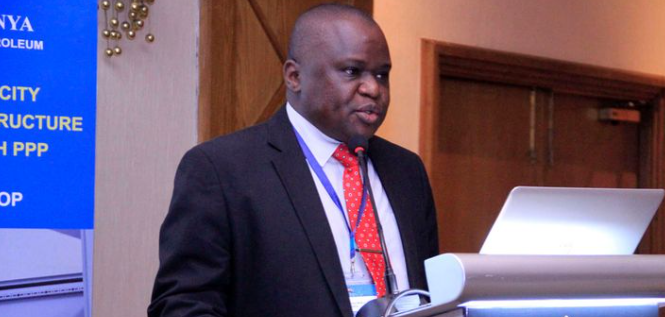

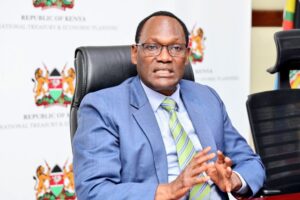
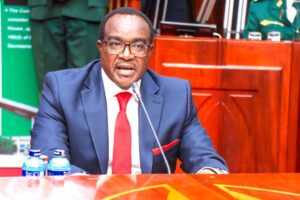

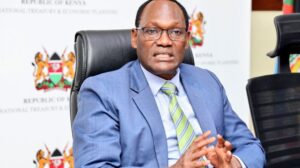
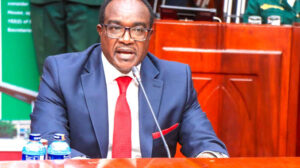
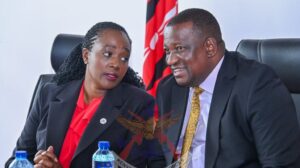



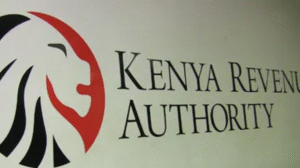
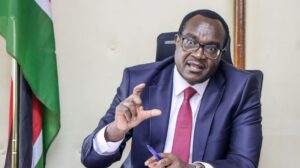

Add Comment